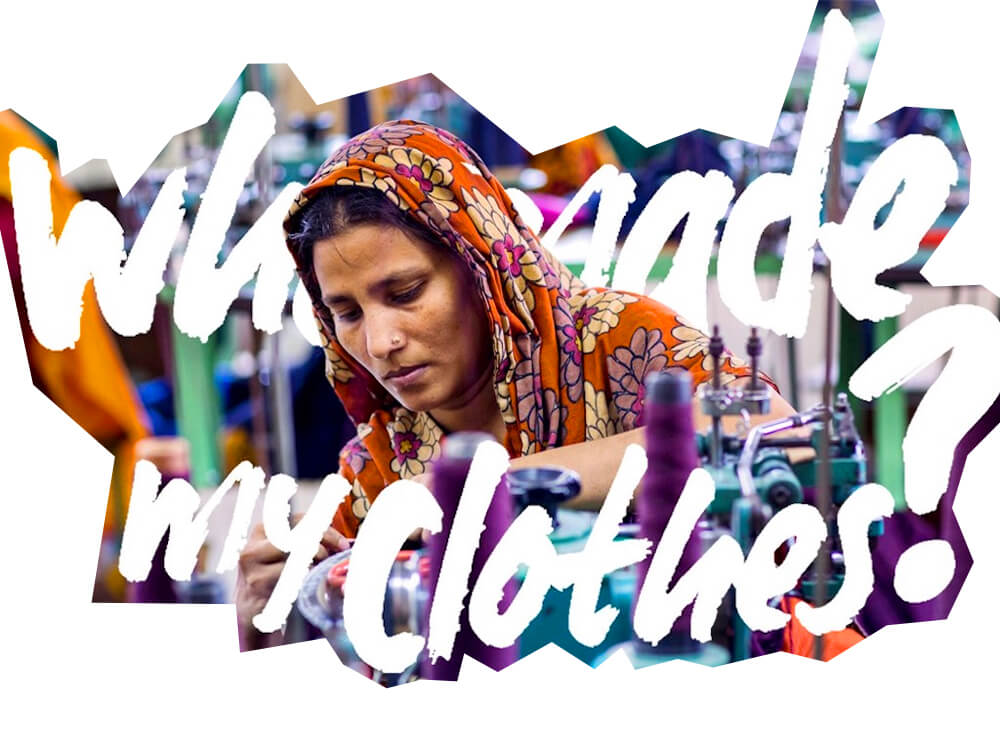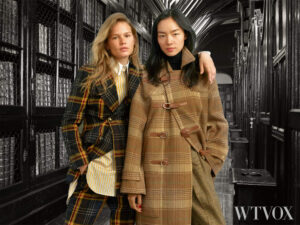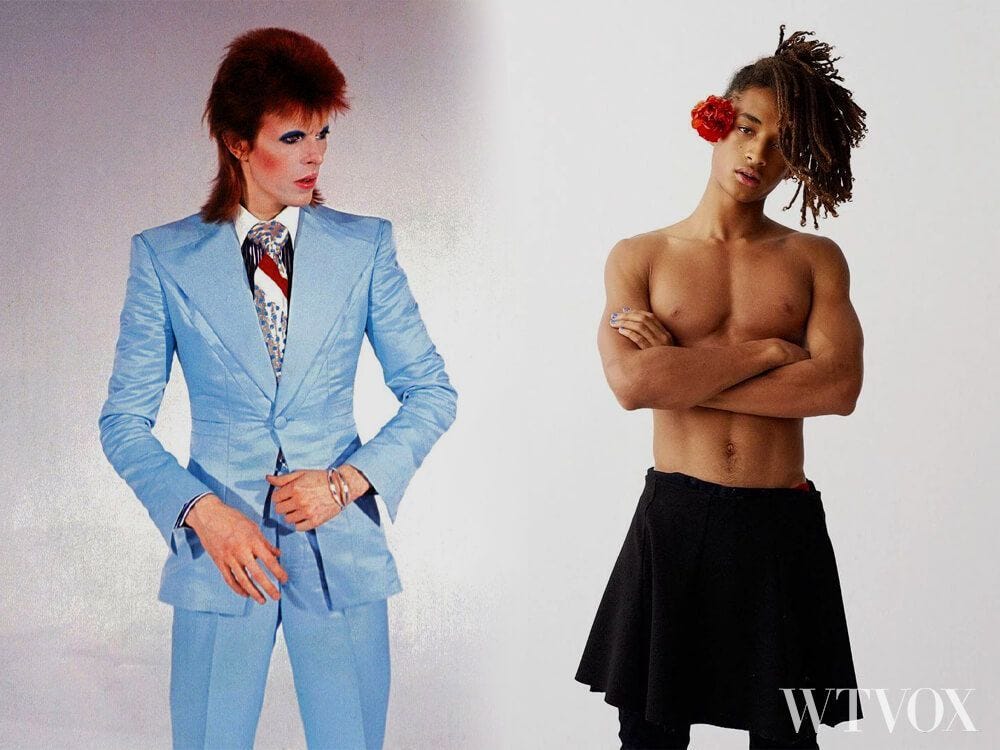Check out the ‘Fashion Revolution Transparency Index’ and see where your favourite fashion labels ranked.
Yesterday, Fashion Revolution unveiled its fifth annual Fashion Transparency Index.
The Fashion Transparency Index is a comparative tool which ranks 250 of the world’s largest fashion brands and retailers.
The ranking is measured according to how much they disclose about their social and environmental policies, practices and impacts.
Newcomers To The Revolution Transparency Index
This year’s Index has added fifty new brands, including high-profile labels such as Canada Goose, Fashion Nova and Pretty Little Thing.
Each brand is evaluated across the following five areas:
- Policy & Commitments
- Governance
- Traceability
- Know, show & fix
- Spotlight Issues
These five general subjects are chosen to cover a wide range of sustainability indicators, from animal welfare and environmental crisis to gender equality and working conditions.
(adsbygoogle = window.adsbygoogle || []).push({});
According to the organisation, the Fashion Transparency Index is not a shopping guide nor is it meant to judge a brand’s ethical or sustainable performance.
Instead, the primary purpose of the Fashion Transparency Index is “to understand how much social and environmental information is shared by the world’s largest fashion brands”.
It is hoped that this initiative will impact fast fashion and cause a long-lasting positive change.
Moreover, it’ll “incentivise major labels to disclose credible, comparable, and detailed information each year and thus, leverage their competitive advantages”.
Country-Specific Fashion Transparency Index
The 2020 edition also marked the first country-specific edition of the Fashion Transparency Index.
For example, The Fashion Transparency Index Brazil evaluates 30 of the most significant labels operating in the Brazilian market.
This edition of the Index is available in both English and Portuguese languages.
What is Transparency?
In the fashion context, Fashion Revolution defines ‘transparency’ as “the public disclosure of credible, comprehensive, and comparable data and information about labels’ supply chains, business practices.
Moreover, transparency has to show “the impact these practices have on workers, communities and the environment”, be them negative or positive.
Only then, when we know what we are dealing with, we can take the right course of action.
(adsbygoogle = window.adsbygoogle || []).push({});
Does Transparency Matter?
To date, it remains challenging to trace where the clothes you wear have been made.
Fashion Revolution formed in response to the collapse of the Rana Plaza factory.
The incident killed 1,138 garment workers and permanently injured thousands more.
Because there was no information regarding the labels producing apparel at the Rana Plaza, the rescuing teams resorted to searching for clothing labels in the rubble.
Transparency enables consumers and policymakers to hold fashion brands to account, and in return,trigger positive changes.
Transparency also allows consumers to identify and support ethical brands who are open about their business model and labour practices.
How Did Your Favourite Labels Fare?
There has been a 12 per cent increase in global transparency since the 2017 Fashion Transparency Index
The average brand scored 23 per cent, which is a 2 per cent increase from the 200 brands assessed in 2019.
More than half (54 per cent) of the brands scored 20 per cent or less.
Interestingly enough, despite several past accusations of greenwashing, the H&M Group ranked the highest.
The group scored 73 per cent, a 12 per cent increase from 2019.
H&M was the only label to secure a score higher than 70 per cent.
Joining H&M in the top 5 were C&A with 70 per cent, Adidas and Reebok with 69 per cent.
Other high-ranking brands include Esprit at 64 per cent, followed by Patagonia & Marks & Spencer at 60 per cent respectively.
Puma, Asos, Nike, and VF Corporation – who owns 30 brands including North Face, Timberland, and Vans – were all in the top 10.
(adsbygoogle = window.adsbygoogle || []).push({});
Transparent Luxury Labels
The Fashion Transparency Index shows that high street brands are leading the transparency trend.
While luxury brands have improved since 2019,they remain lagging behind.
Gucci was the highest-scoring luxury brand at 48 per cent, up from 40 per cent in 2019.
Monsoon has improved massively, scoring 23 per cent higher than the previous year. Sainsbury’s TU score had risen by 19 points as well.
Unfortunately, ten brands scored a shocking 0 per cent, including Tom Ford, Pepe Jeans, and Jessica Simpson.
| Most-Read Articles |
From the 50 new labels added to the Index, 15 of them scored 5 per cent or less including Canada Goose, Pretty Little Thing and DKNY.
Forty per cent of brands had disclosed their top-tier suppliers, up from 35 per cent in 2019.
Focus on the Outcome
This edition of the Fashion Transparency Index shows that brands publish more about policies instead of focusing on outcomes and progress by addressing the social and environmental issues in their supply chain.
(adsbygoogle = window.adsbygoogle || []).push({});
For example, only 12 brands (5 per cent) publish annual, measurable progress towards paying living wages to workers in their supply chains.
Similarly, only 16 per cent of the brands publish annual carbon emissions produced within their supply chains.
While the gradual increase in global supply chain transparency may be cause for a celebration, critics believe that the transition is not happening fast enough.
Published during the Fashion Revolution Week, the Fashion Transparency Index calls upon fashion campaigners and consumers to ask their favourite brands #WhoMadeMyClothes?
Fashion Transparency Index Criticism
The 2020 edition of the Fashion Revolution Transparency Index did not go without criticism.
There’s a growing number of people asking Fashion Revolution to lead by example and be transparent about who funded the Index and where the money came from.
For a more in-depth analysis of how your favourite brands ranked, you can read the full report and methodology here.
WTVOX – ‘Voicing the Future of Fashion’
For more similar content and lightning-quick updates delivered directly to your inbox subscribe to our weekly newsletter.
For daily news in sustainable fashion, innovation, conscious beauty and lifestyle follow us on social media: Instagram, LinkedIn, Facebook, Twitter.
Finally, if you want to interact with thousands like you, join your tribe on the Future of Fashion Group.
A decade of fashion; here’s to the next one.The past decade has been turbulent – and defining – for fashion: child labour, climate crisis, gender inequality, animal cruelty, and reckless plastic pollution, just to name a few. With the COVID-19 pandemic, the beginning of this decade does not look too good either. That’s why finding media that reports with rigour and integrity at heart is difficult in critical times. Finding media that informs all, regardless of where they live or if they can afford to pay, is even harder. In these times, independent fashion media magazines are increasingly silenced by commercial ownership and social media misinformation. So far, your unceasing support has allowed us to keep delivering trustworthy, relevant, high-quality content. Your support allowed us to uphold our editorial independence and ensure honest journalism, free from commercial ownership or political bias. We are deeply grateful for your generosity and continue to count on your support. Thank you. |
(adsbygoogle = window.adsbygoogle || []).push({});






